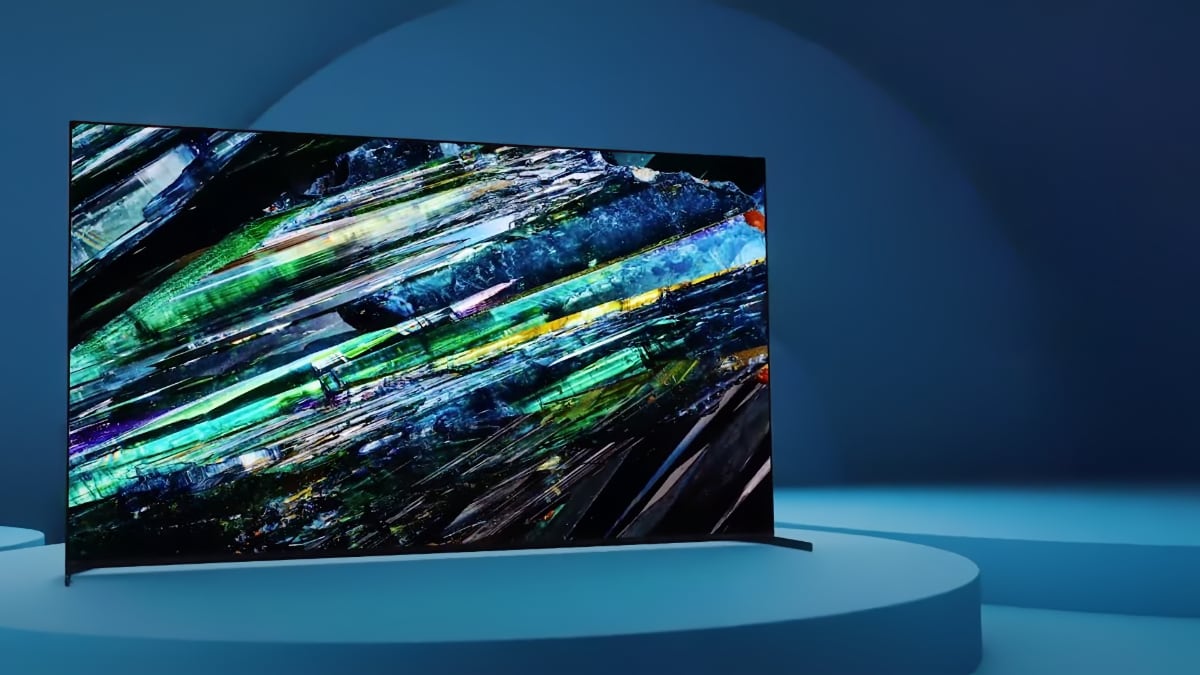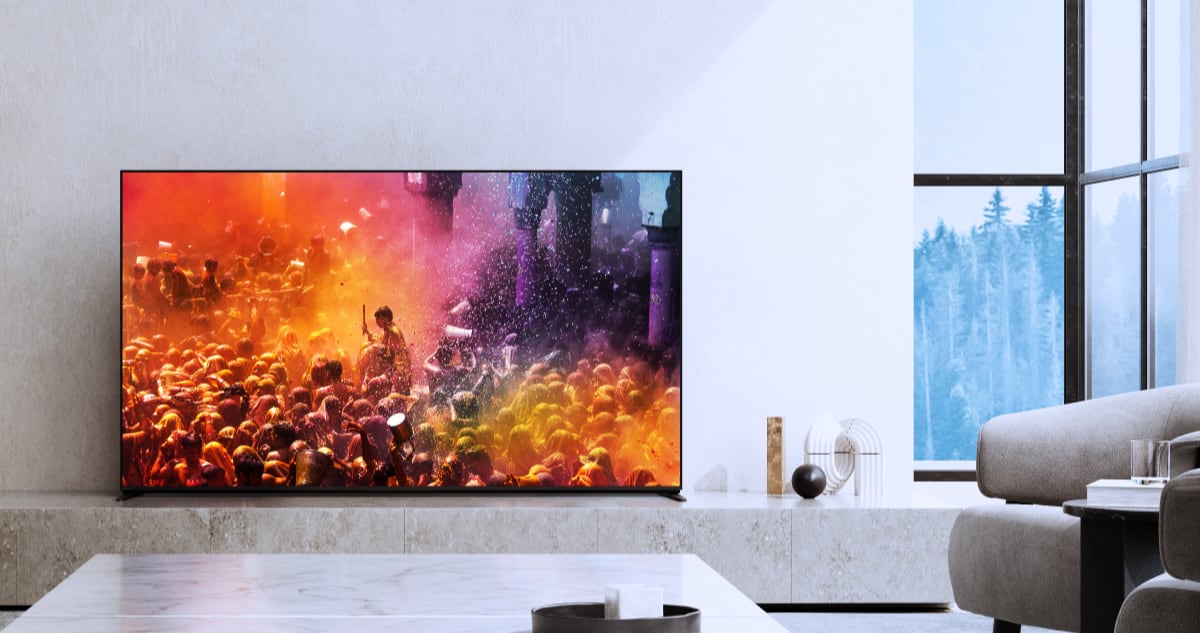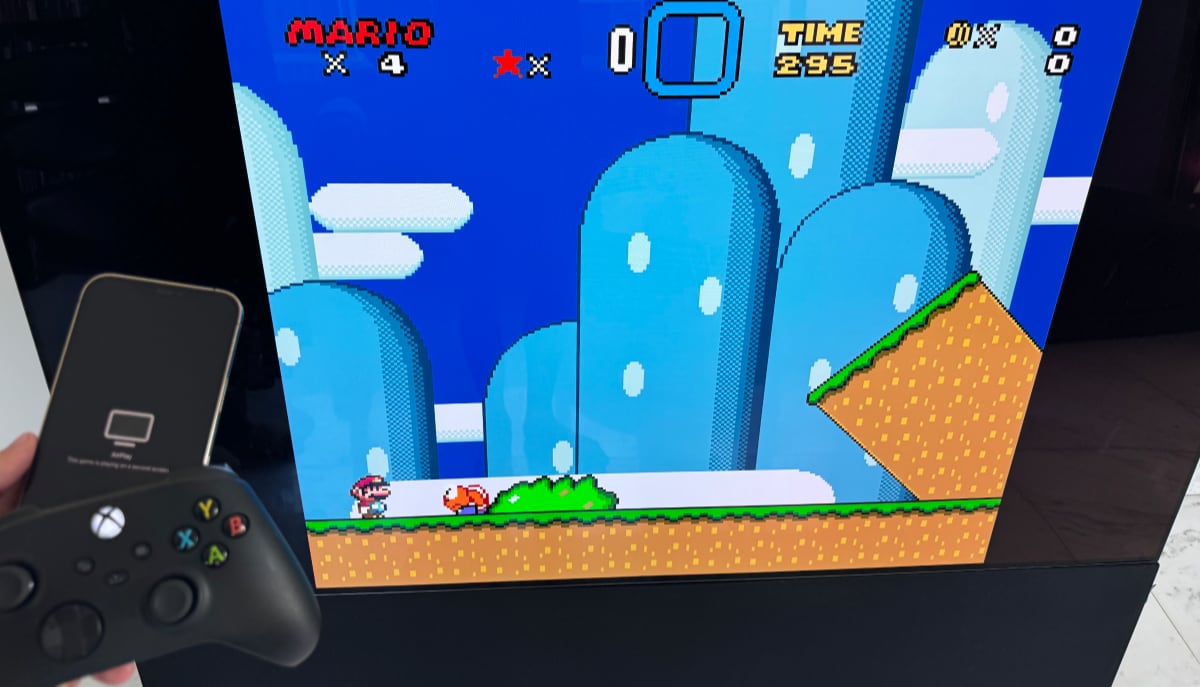Almost every TV makers sells a 4K – or Ultra HD – TV by now. Panasonic has already launched a 20” tablet with a 4K display and Toshiba is now launching a 15.6” laptop with a 4K display. Next stop is 4K in smartphones. But do we really need it?
4K in small displays
How many pixels do we actually need? Well, it depends on the size of the screen and how close you sit to it. Pixel density is usually quantified in terms of ppi (pixels per inch), but there is no widespread concept that takes the distance to the human eye into account, too.
Apple was the first to try and take all these different factors account with “Retina” displays, but this is also Apple’s own marketing term and not a concept adopted by the industry. Some people argue that we need even more pixels than what Apple’s calculations suggest.
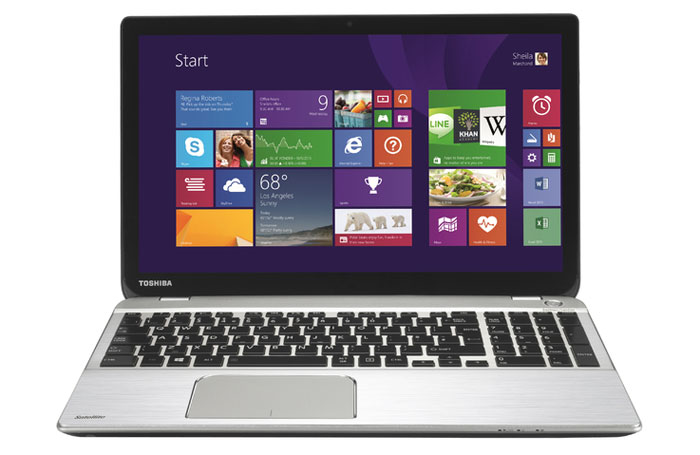
Toshiba's laptop has a 4K display
Makers of handheld devices have started implementing higher-resolution displays into products. Full HD smartphones are not uncommon nowadays, and we have already seen Panasonic’s impressive 4K tablet (230 ppi) with Windows 8.1. 4K is also moving into laptops with Toshiba’s new P50T that sports a 15.6” 4K display (282 ppi).
Next stop is smartphones. Phone makers in Asia are currently moving towards 2560x1440 pixels and the next step is 4K. Samsung tells us to expect 4K displays in smartphones by 2015. Assuming a 5.1-inch screen size this would translate into 864 ppi – far beyond what makes sense unless you hold your phone extremely close to your eye. And it would consume a lot of power, too.
4K in a PC monitor
Many PC makers have already launched 4K PC monitors – or intend to in the next few months. In the past, very high pixel resolutions would make text and objects appear unnecessarily tiny on-screen, but that is about to change.
Apple and Microsoft have recently implemented so-called HiDPI support in their respective operating systems. Since OS X. 10.7 (Lion) for Apple and since Windows 8.1 for Microsoft. HiDPI means that the extra pixels can actually be used to improve text crispness and details instead of just making everything tiny. The same applies to mobile operating systems.
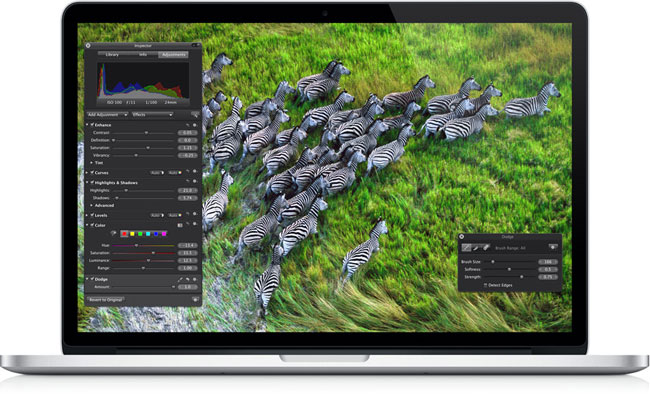
Apple OS X and Microsoft Windows 8.1 supports HiDPI
This is why high-resolution displays have started to appear in PC monitors, as well as tablets and laptops. It simply did not make much consumer-sense in the past. The pieces have fallen into place.
We can benefit from high-resolution displays in our devices and it is great to see this development, but we also have to remember that it becomes meaningless at some point. With Full HD displays in smartphones we have probably already passed that point. The best thing we can say about 4K in small displays is probably that it will benefit entirely different product categories.
 4K displays everywhere - next stop smartphones
4K displays everywhere - next stop smartphones








